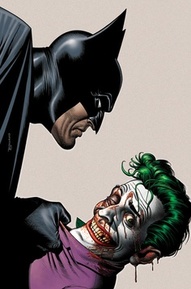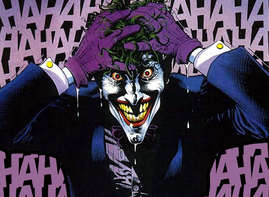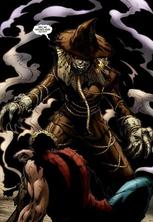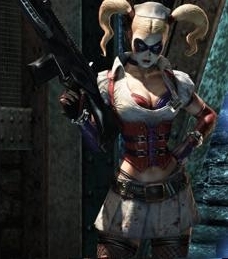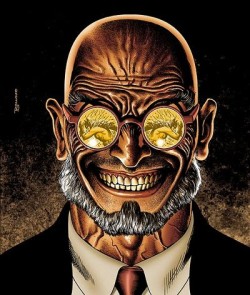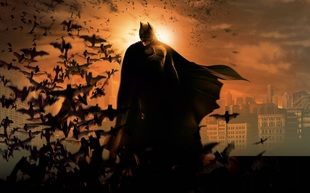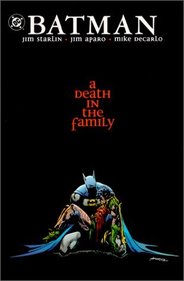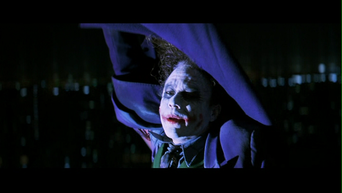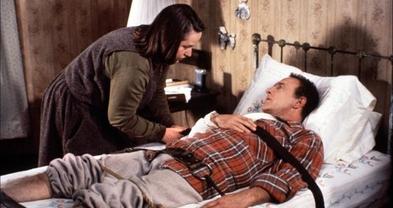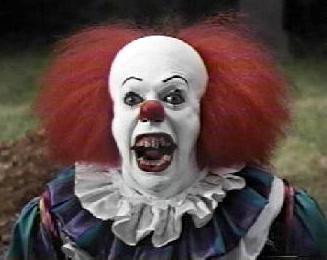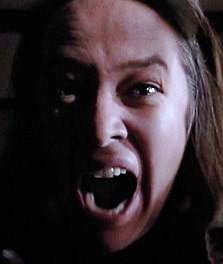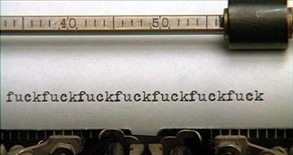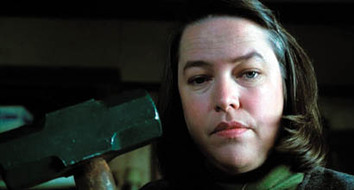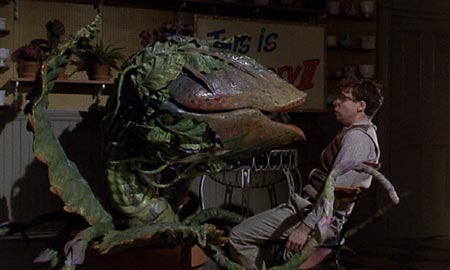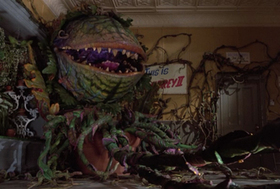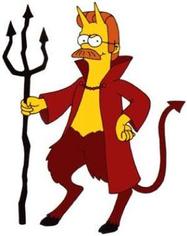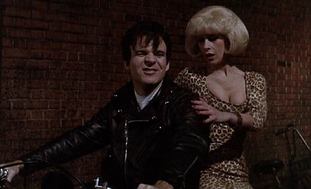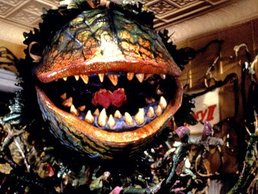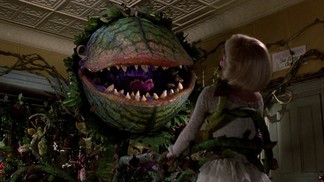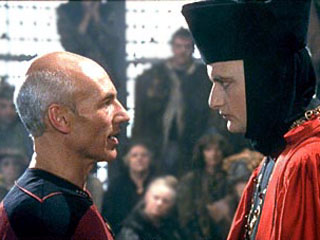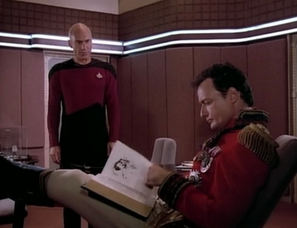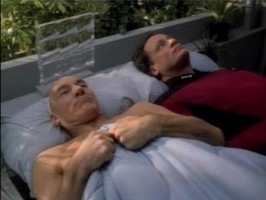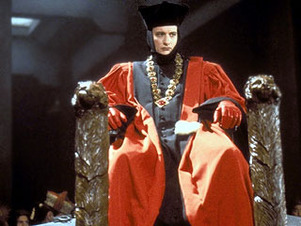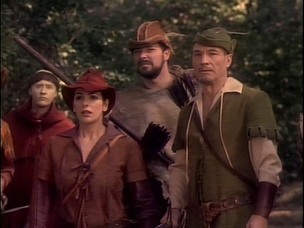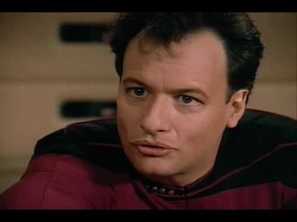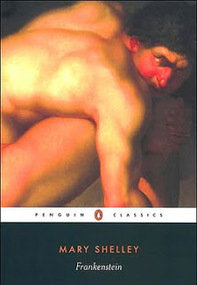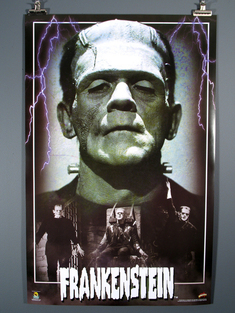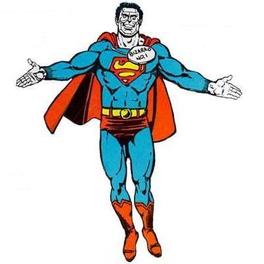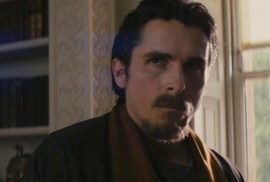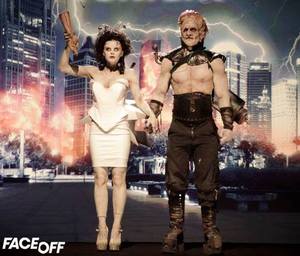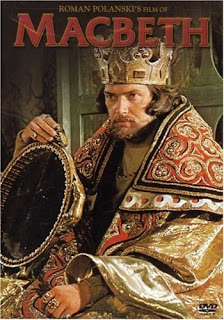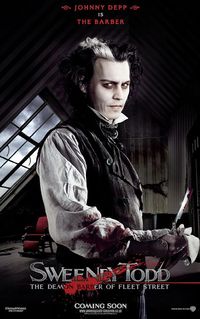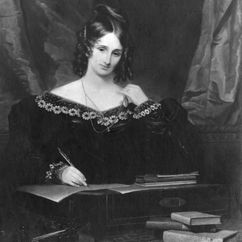(Click the links to check out Hero/Villain Pairing #2, #3, #4, and #5. You might also enjoy my Favorite Fictional Couples list entry on The Joker and Harley Quinn, if you can forgive the lack of pictures in my earliest blogging efforts).
Individually, Batman and The Joker are one of my favorite heroes and quite possibly my favorite villain respectively. Put together, they’re magic. The two of them and their relationship are so complex that it’s hard to know where to begin analyzing them for the purpose of a bite-sized blog entry, and I have to fight the urge to stand back, point at them, and scream, “Wow, look at that!”
*Deep breaths.*
Okay, okay, here’s how it goes:
Now, he’s a psychotic killer clown. It’s not as simple as that, of course. He’s an embodiment of chaos and malice, detached from reality and logic, utterly unpredictable. Sometimes he feels like proving that everyone is one bad day away from being like him, sometimes he feels like blowing up the city, sometimes he wants to be recognized as a legitimate comedian, and sometimes he just wants to steal stuff.
Already you’ve got a clash on plenty of levels. Good versus evil, justice versus anarchy.
Batman responds to his life-changing bad day with seriousness, order and nobility. Joker responds to his by completely rejecting those things.
What they’ve got in common doesn’t help matters any either, like mental illness. Yes, Batman too. He’s rational and moral, but he’s got a major god complex and an obsessive-compulsive behavioral pattern bad enough to preclude the possibility of any healthy interpersonal relationships. No psychiatrist would give him a clean bill.
Like Dr. Frankenstein and Seymour Krelborn, Batman’s got the guilt of having created his monster antagonist, at least in his head. Even in the interpretations where Batman had nothing to do with Joker’s accident, he does make the conscious, repeated decision to preserve Joker’s life, knowing how dangerous and incurable he is, and how very far from escape-proof Arkham Asylum is.
Why does he keep on doing it? That’s the crux of their eternal impasse, what locks their two obsessive personalities together. Batman’s on the dark side as heroes go.
Likewise, Joker is the one villain out of Batman’s extensive rogues gallery who obsesses him nearly as much as the task of being Batman itself, the one who can get in his head and shake his formidable confidence, just a little, thanks partly to his absolute lack of human decency, mostly to his ever-growing history of going to any lengths necessary to do exactly that.
As Heath Leger’s Joker succinctly puts it,
